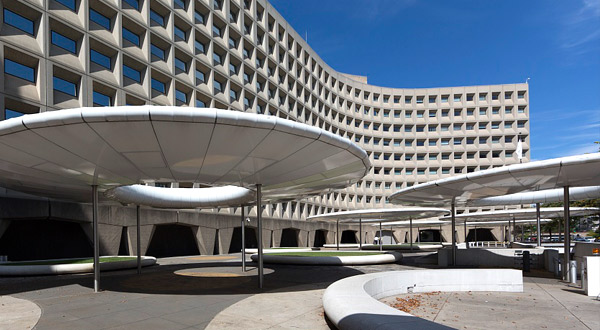June 5, 2023

The Department of Housing and Urban Development is acting against bias in the appraisal system.
“Owning a home provides a path to the American dream. Yet, that dream has been deferred for Black and Brown people, as we have consistently had our homes under-valued,” according to HUD Secretary Marcia L. Fudge, quoted in the 1 June 2023 HUD press release on these appraisal reforms.
Fudge adds, “Having your home undervalued is bigger than just a number on a page. It can be the difference between getting a loan and not – between having enough money for retirement or not.”
According to Fudge, the PAVE Task Force is a project meant to focus on “taking bold action to address appraisal bias – and renewing our commitment to doing everything in our power to root it out, once and for all.”
The Department of Housing and Urban Development has announced recent actions to fight appraisal bias in the residential mortgage process as part of the ongoing PAVE project. But why?
A History of Appraisal Bias?
Appraisal bias incidents sometimes look like the example cited by the PAVE task force. When PAVE got started two years, it noted situations where bias was blatant and undeniable.
A June 2023 Whitehouse.gov fact sheet reports one family’s home was appraised “at roughly $500,000 more than its initial appraised value after having a white friend stand in for them.”
According to a press release on HUD.gov, the Interagency Task Force on Property Appraisal and Valuation Equity (PAVE), is taking steps to “prevent algorithmic bias in home valuation,” such as in the example listed above.
It’s also meant to offer home buyers tools to help take action to fight appraisal bias, and “break down barriers to entry into the appraisal profession,” for those who want to work in the industry.
How HUD Wants To Fix Appraisal Bias Problem
According to the DoD fact sheet dated 1 June 2023, federal banking agencies are working on proposed guidance on how financial institutions may integrate anti-bias appraisal controls into their current practices.
These efforts may also include offering “datasets of aggregate statistics” found in appraisal records, giving members of the public more direct access to appraisal trends and raw appraisal data found in appraisal reports.
It’s hoped that this extra transparency will make a difference and help end gatekeeping around the appraisal system that can lead to bias.
HUD literature notes homeownership plays a crucial role in terms of the “wealth gap” which HUD describes as including, “wide racial and ethnic disparities” in homeownership rates in the United States.

